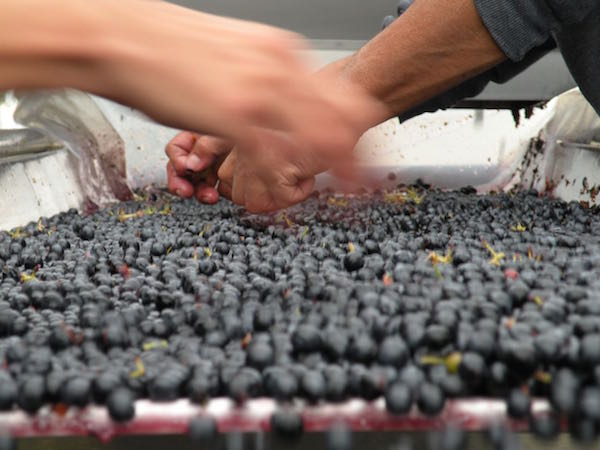
It’s a classic conundrum.
The Old World – meaning traditional European winemaking countries – long ago set their winemaking styles. Bordeaux, Burgundy, Loire, Northern Rhône, Southern Rhône, Champagne: all French regions, all different combinations of grapes.
The New World – meaning everyone else – can either follow these traditions or try something new. In most cases, New World winemakers do not feel constrained by Old World traditions and feel free to do what they want.
That’s a classic attitude particularly here on the West Coast, where inhabitants fall far away from the Old World in matters of food and wine.
Yet tradition still lingers. We like to compare what we’re doing to the equivalent Old World regions. Perhaps it’s out of insecurity. More likely, it’s because those combinations tend to work well together.
A classic example is Bordeaux-style red blends, meaning wines that include two or more of the following grapes: Cabernet Sauvignon, Merlot, Cabernet Franc, Petit Verdot, Malbec and Carménère. No Syrah, no Tempranillo, no Sangiovese, no Zinfandel.
Sure, we’ve tried to assign a New World moniker to this, namely Meritage. But it’s often mispronounced and doesn’t remove confusion from consumers’ minds when they see it on a store shelf.
Here in the Northwest, a wine using a combination of the six Bordeaux varieties will often be described as “Bordeaux style.” Some puritans will get hung up on this, but it’s probably the best way to communicate what’s in the bottle, even if it isn’t on the front label.
Here are a dozen delicious Washington red blends (including one from an Idaho winery using Columbia Valley grapes) that follow the Bordeaux tradition. Ask for them at your favorite wine merchant or contact the wineries directly.

Leave a Reply